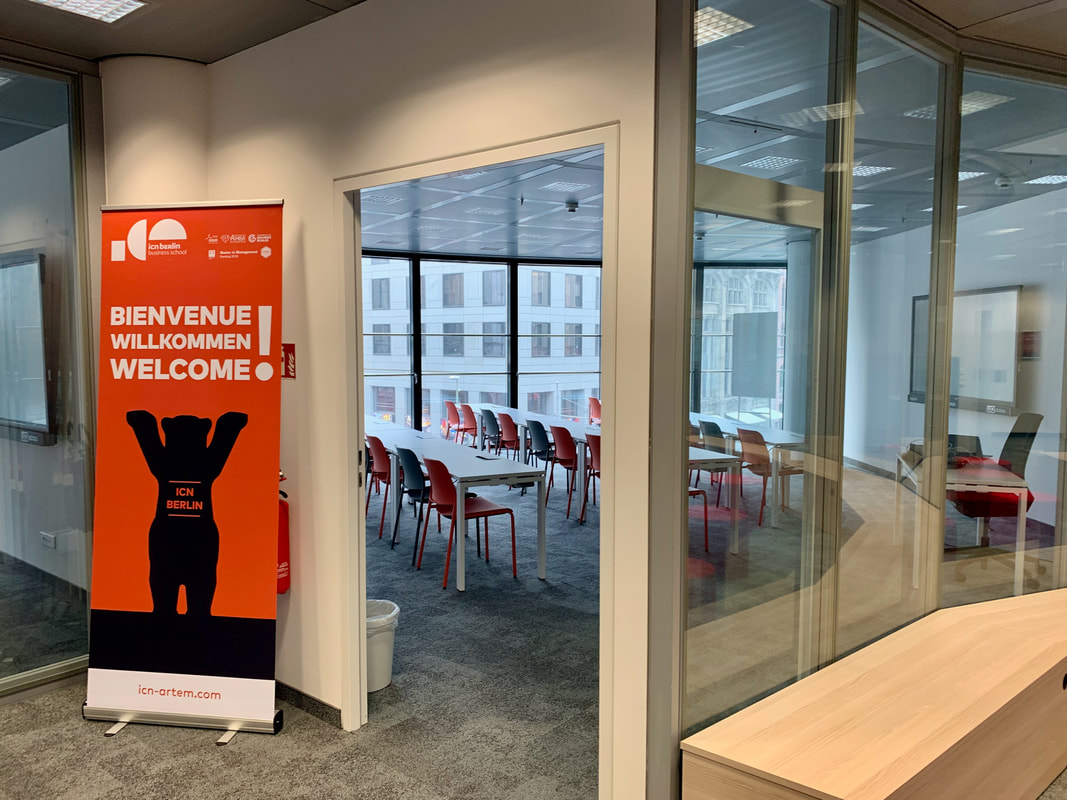Alexandra Rome - Personal Page
|
It’s 2020 – the beginning of a new decade and semester! With a new campus in Berlin (see below), comes new opportunities, partnerships, and best of all – places to explore. Nowhere is this truer than in the context of dark tourism. The capital of Germany has a rich and varied history. From the so-called ‘Palace of Tears’ to the Topography of Terror exhibition, there is no shortage of destinations to intrigue the thanatourist. As part of the Consumer & Society course, students are challenged to think about the social implications of consumption that includes, for example, fast-fashion, eating meat, and the commercialization of death, suffering, and/or tragedy. Through these reflections, students are forced to grapple with questions around morality, money, and marketization. This January, we booked a guided tour through Hohenschönhausen (the Stasi prison). Located 30 minutes outside Berlin’s city center, Hohenschönhausen played a very important role in East Germany’s system of political oppression. The prison was used by the German Ministry of State Security (MfS) or the Stasi, who were known for their methods of psychological cruelty and intimidation, to house those who attempted escape as well as political prisoners. The tour through the prison was given by Gerd Zimmermann, a prisoner who spent five months in solitary confinement in the Stasi prison and an additional 20 months in Cottbus Prison. Zimmermann explained in fascinating detail the extent of the psychological warfare used by the Stasi, which began from the moment he was picked up in the non-descript van, until he left the prison, and was transferred to Cottbus. Even after regaining his freedom in West Germany, he recalls the experience of being tracked by the Stasi’s “informal employees.” Sleep deprivation, total isolation, and the pervasive feeling of “being buried alive” were among the many psychological intimidation techniques described by Zimmermann. One dark windowless cell (the rubber-room) was soundproofed and completely padded in thick black rubber, so as to prevent potential suicides. Today, Zimmermann spends much of his time in sunny California – being from Arizona myself, I can’t blame him. But he makes it a point of coming back to the place where he was held prisoner and tortured for months on end to give these tours and tell his story for a simple reason: he stood up for what he believed in and, in the end, he won. And for this, the students at ICN and I are grateful. For those of you interested in learning more about the GDR and life under Stasi surveillance, Zimmermann recommends Weisensee, available on Netfilx. This, he says, paints a more realistic picture of the situation at that time than the The Lives of Others, the academy award winning film which trails the life of a dissenting Stasi officer (something that Zimmermann suspects likely never took place).
1 Comment
Your comment will be posted after it is approved.
Leave a Reply. |
Alexandra RomeI've been lucky enough to find a career that combines my love of traveling, passion for educating, and need to work in sweatpants at least 50% of the time (see I really am American). Archives
April 2020
Categories |
 RSS Feed
RSS Feed





